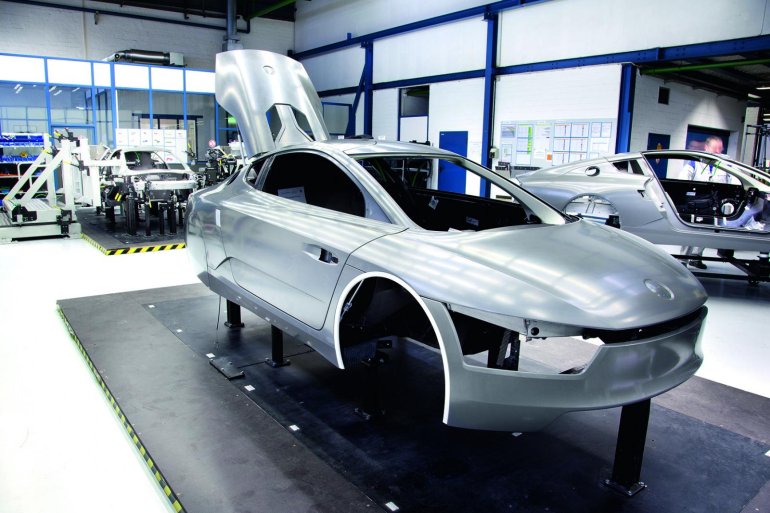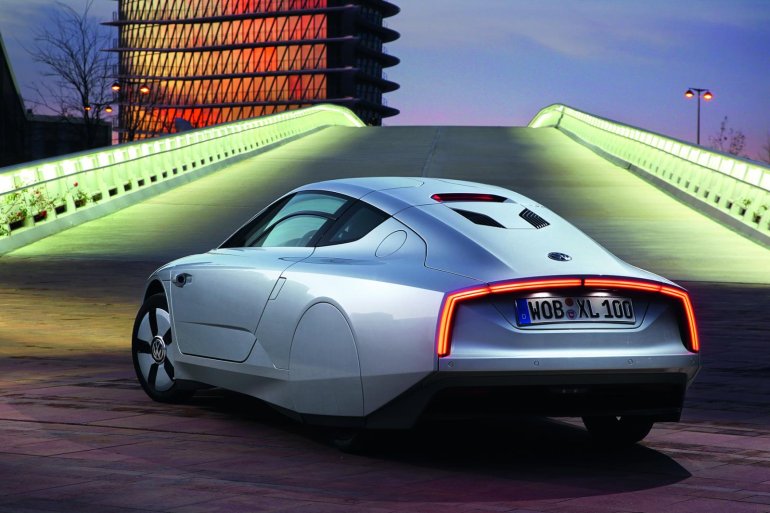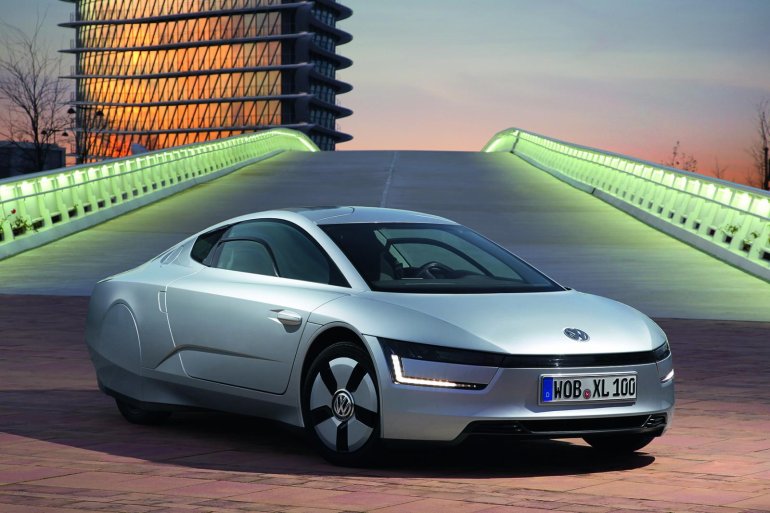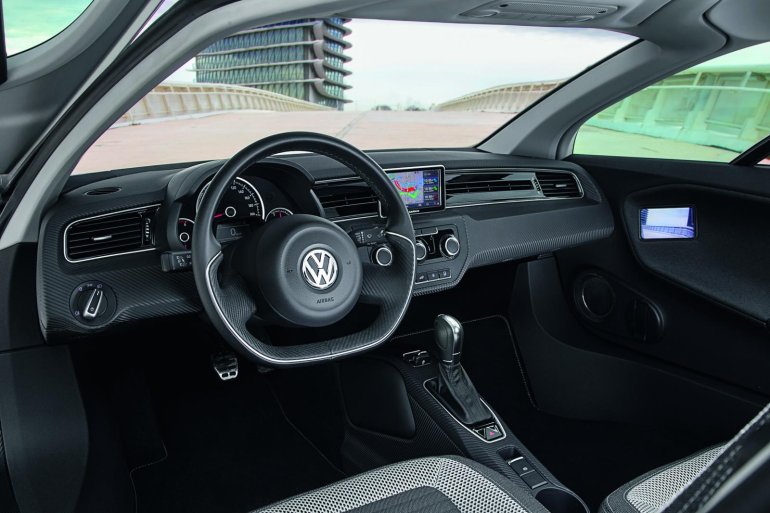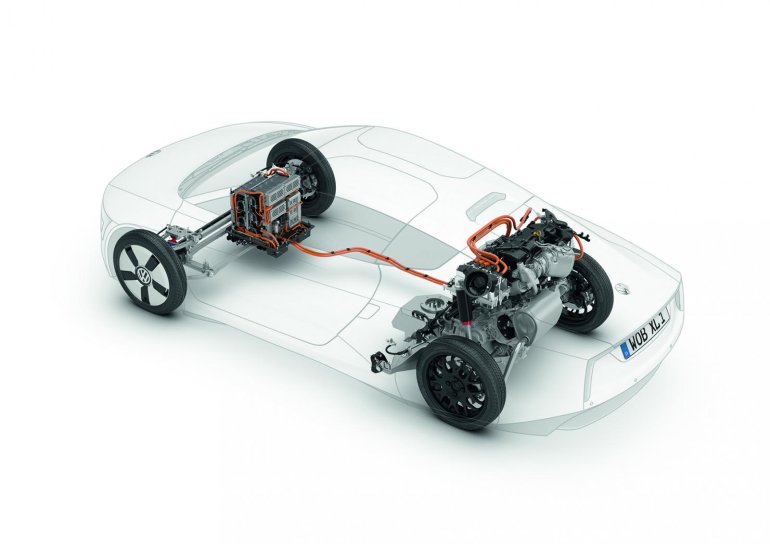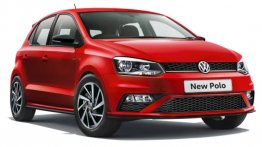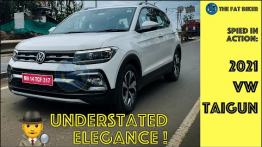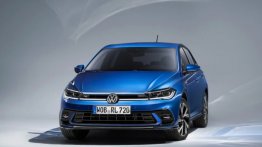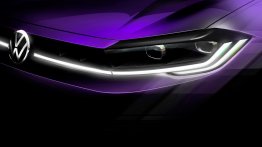Back at the 2012 New Delhi Auto Expo, Volkswagen India presented the XL1 in its concept avatar. As it was concept, a flight of imagination, no one really paid attention to it.
After the showcase, Volkswagen started testing the prototype version of the XL1 on normal roads indicating that the concept will soon head to production
Autocar reports that two years after it was showcased in its concept avatar for the first time, Volkswagen has finally completed all its testing for the XL1 and a production version is slated for a debut at the 2013 Geneva Motor Show on March 5.
The magical fuel economy figure is thanks to an ultra-refined 800cc two-cylinder TDI engine which generates a modest 47 bhp. The oil burner is mated to a seven-speed DSG gearbox for smooth gear changes.
The oil burner is also backed by an electric motor which has an additional 27 bhp on tap. The electric motor gets its juice from a 5.5kWh battery pack placed in the nose of the car. It also features Formula One style KERS system which recharges the batteries whenever the XL1 brakes or coasts.
Of course, only the engine is not sufficient to achieve this phenomenal fuel economy. VW has tried to keep the weight down by making the XL1 entirely out of carbon-fibre-reinforced plastic limiting the weight to just 795kg. Even the windscreen and the dashboard are made from lightweight composites to keep the weight low. A small 10L fuel tank further reduces the weight of the car.
The shape of the car has been designed in the wind tunnel to make it as aerodynamic as possible. VW claims a co-efficient drag rating of just 0.189 for the XL1.
Despite all these fuel saving technologies the XL1 is no slouch. VW claims a 0-100 km/hr run in 12.7 seconds and a top speed of 160 km/h.
Being a halo car for Volkswagen, only 50 cars will be made at the VW-owned Karmann factory in Osnabrück. However, VW will increase the production if the demand is more.
No word on pricing is out yet, but think of this as the Bugatti Veyron of fuel efficiency. This is not a mass production car designed to graduate two-wheeler riders into car owners.
[Source: Autocar.co.uk]

